The Chieftain mascot sometimes spikes a controversial conversation in schools and sports teams, with some questioning what is disrespectful and what is not. In principal Tim
Youngblood’s second year as a Chieftain, he decided to research, and then honor, the Native American culture.
“This has been a long process. When I first arrived here there were some questions about the Chieftain, and whether it was appropriate or not. I spoke to a man named Al Pedwaydon. He was the federal chairman for Chippewa and another groups of Indians in Traverse City and Mount Pleasant. He was kind of the head of all Native Americans in Michigan for a while. He and my dad grew up in Detroit in the projects on the east side back in the day, and they are still very good friends. I talked to him and this is where the Seven GrandFathers came from,” Youngblood said. “I asked him, ‘What is a Chieftain?’ and ‘Is it inappropriate?’ He said the word ‘Chieftain’ itself is not. It is a term of honor and respect, but if you’re using the tomahawk chop or running around in headdresses, it is not respectful. The student section used to be called the reservation and those were like concentration camps for the Native Americans. We are moving toward the block ‘U’ more than anything, but he said what they would ask is that we educate our community and staff on the Seven Grandfathers. If we can live by these principles and embed them in our school, that shows Native Americans that we are trying to educate our community and pay our respects to their culture.”
Pedwaydon further explained his views.
“Athletics is a part of American Life, all the way from grade school to professional teams. Using Native American leadership as a mascot is dignified and acceptable. ‘Chieftain’ as a mascot is respectful. When one chooses to use Native Americans or any symbols of their culture as a mascot, a little of their history should be part of the discussion,” Pedwaydon said. “For example, the Eagle is recognized as a great hunter, it has one mate for life, he delivers prayers to the creator high beyond the clouds. His feathers are adorned and highly respected by all Native Americans. And only Native Americans are allowed to legally possess eagle feathers or any part of their remains. In short, history, culture and respect should be at the forefront when choosing Native Americans or their culture as a mascot.”
However, not all mascots that are representing Native Americans and their culture are respectful.
“The mascot conversation has been a national topic for years. The Cleveland Indians, Washington Redskins, and the Eastern Michigan Hurons have all changed their mascots,” Pedwaydon said. “I myself am a moderate that accepts that a respectful way of choosing any part of Native American culture to be a mascot is acceptable as long disrespect or mockery is combated if it appears. I vehemently opposed the Cleveland Indian caricature, and the Washington Redskins. Redskin is like the “N” word to Native Americans. The word Redskin was used to describe, by the European invading parties, bodies of bloodied Native Americans at the hands of a non-native enemy.”
Pedwaydon also explained that the teachings of the Seven Grandfathers are the principles that all Native Americans in the Midwest live by. To honor the Chieftain as our mascot, he
believes Utica High should incorporate these teachings into various aspects of school.
“The Seven Grandfather teachings are a combination of moral teachings and guide to becoming an upstanding citizen of your community and country. High schools are the sophis-
ticated tool to form a good foundation for intellect, mechanical skills, and moral responsibility and becoming a solid honest contributor to our nation as a whole,” Pedwaydon said. “You could share the teachings as part of a students’ orientation to high school. Anytime you have information from a separate culture that emphasizes teachings to young people that strives to encourage them to be the best they can be is always a positive.”
Teachers recently had training on the Seven Grandfathers. A guest speaker came in and talked to them about the Seven Grandfathers, what is respectful, what is disrespectful, and how to respect their culture.
“We brought in Sue Franklin, who is the executive president of the Metro Detroit Indians, and she came and spoke in great detail at our last PD,” Youngblood said. “We are trying to figure out as a staff how to incorporate this within the building. We want to pay respect and honor [Native American] history. We want to teach their history and make sure we’re doing things appropriately.”
Many of the teachers found Franklin’s talk to be meaningful and informative. The staff is now trying to brainstorm the best ways to integrate the Seven Grandfathers teachings into the school and respect Native American culture.
“Yesterday’s speaker impressed me with her dedication to help the community, especially her work with nonprofit outreach programs,” teacher Holly Yucha said. “Moving forward with respect to her work, I hope Utica High School will also have a positive effect on our community.”
Teacher Aaron Davis felt similarly.
“I think this is a good initiative because it is a way to celebrate the heritage of the Chieftain, as well as Native American culture,” Davis said. “I think it would be a great opportunity if we can implement the Seven Grandfathers themes and beliefs into our school. They are good character traits, and I like the idea of where we are going. We are just in the beginning stages trying to figure it out, but I see many possibilities for us to implement these teachings into our school.”
Some teachers are even looking for ways to implement the Seven Grandfathers into their own classrooms.
“I liked that everything was circular. We were in a big circle so everybody has equal say. It is important that we implement the seven different teachings equally,” teacher Jennifer Pollum said. “Since each teaching has an animal attached, I plan on doing an animal with what it represents and talk about that word each week. I also am going to try and work the teachings into my lessons and what students should take away from them.”
Many teachers agree that, regardless of your culture, the teachings of the Seven Grandfathers are important traits all of us should try to have.
“We learned about the teachings of the Seven Grandfathers. I think they’re important qualities for all of us to try and embody,” teacher Stacy Konnie said. “I am really excited to see how we, as a school, can implement them. Moving forward I think it is something our students can really benefit from. We already have a great culture here, but it is only going to advance what we already try really hard to do as teachers and students.”
Figuring out the best way to incorporate the Seven Grandfathers teachings into the school has been and continues to be a community effort.
“We have some plans on how to incorporate this. We met with some students last year and asked about this. We also had our teachers come up with some good ideas. We still have to come together and make decisions,” Youngblood said. “The Seven Teachings are represented by animals, like Bravery is by the bear. Some of us were talking about how each hallway could adopt one of those teachings. Another idea is for when we have the Chieftains of the month, we could possibly do those with the students being nominated for showing traits of one of the teachings. As well as some teachings within the classroom and some novels. We haven’t put any in place yet because we want to make sure we do it right.”


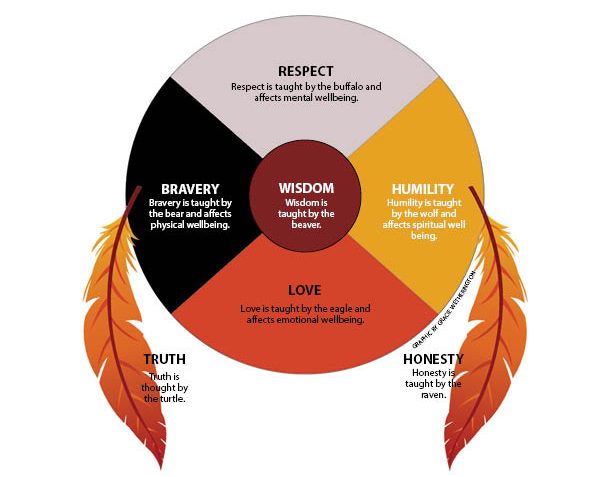
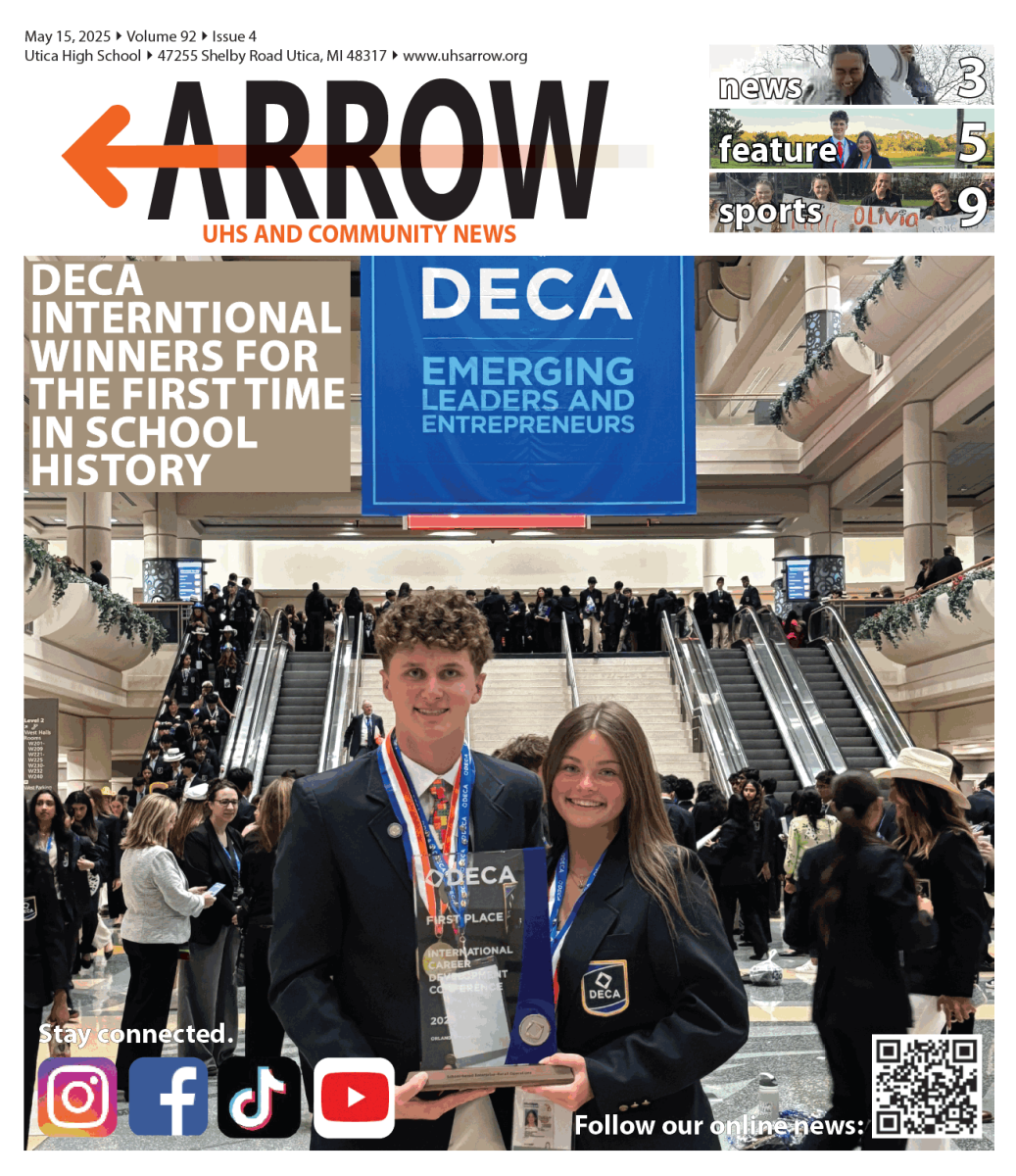
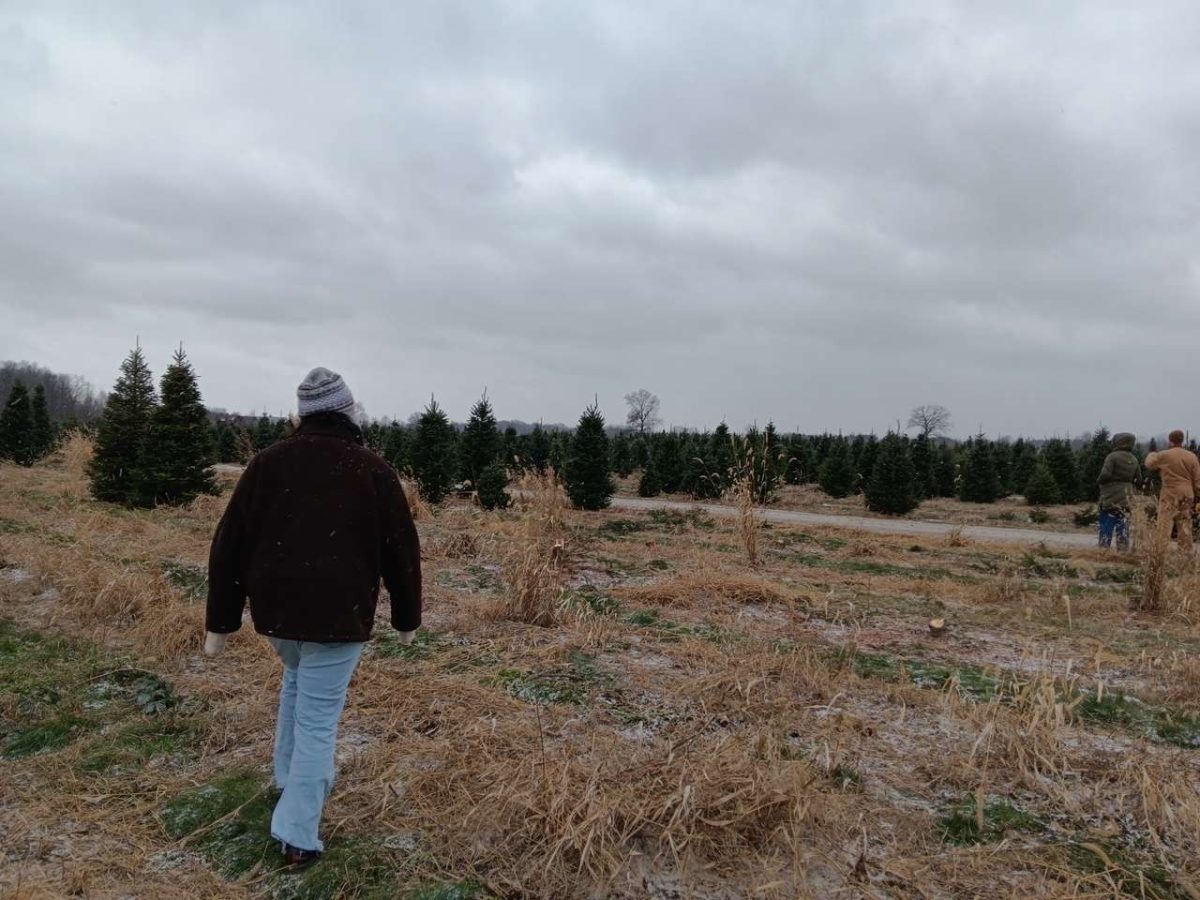
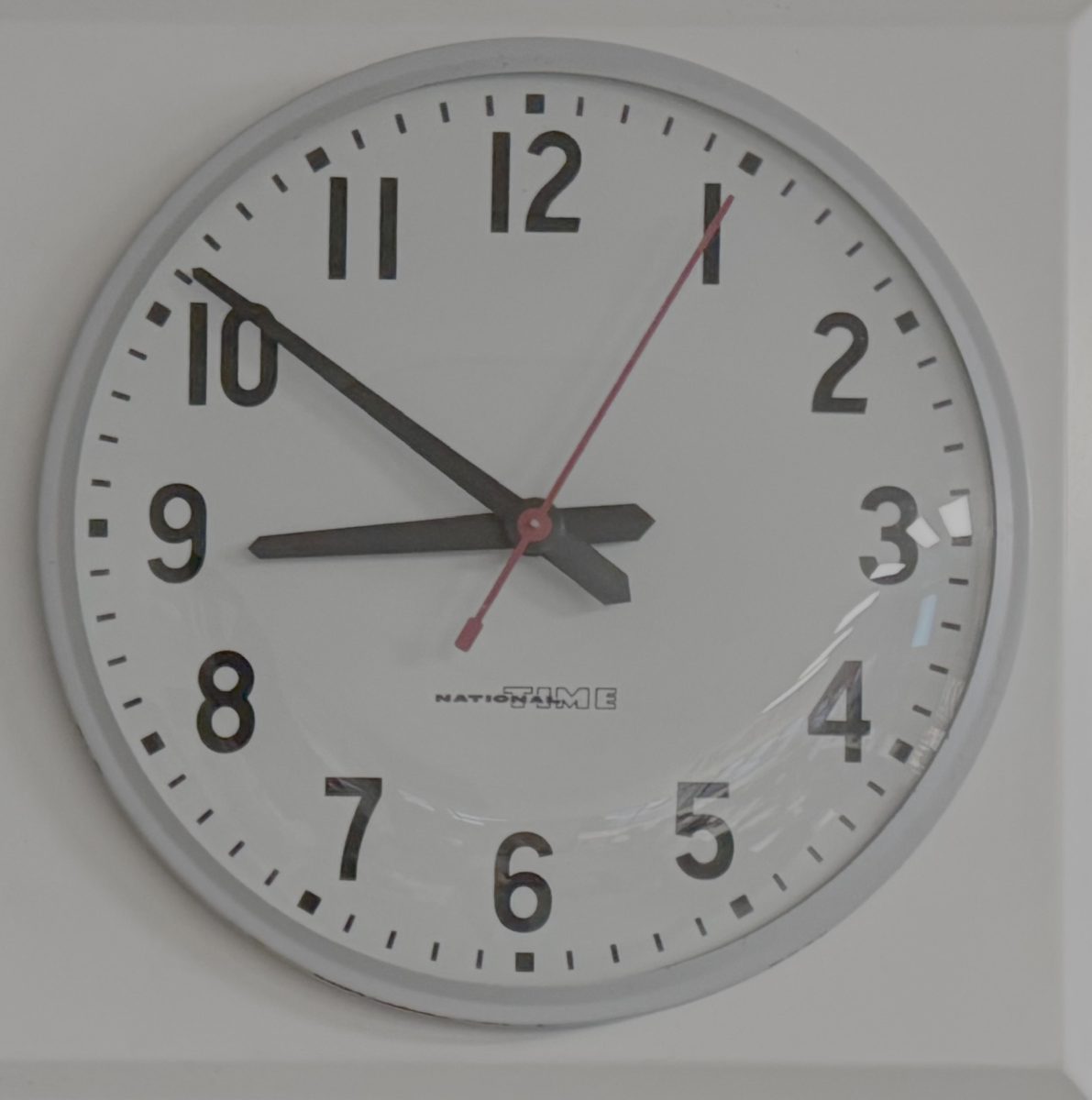
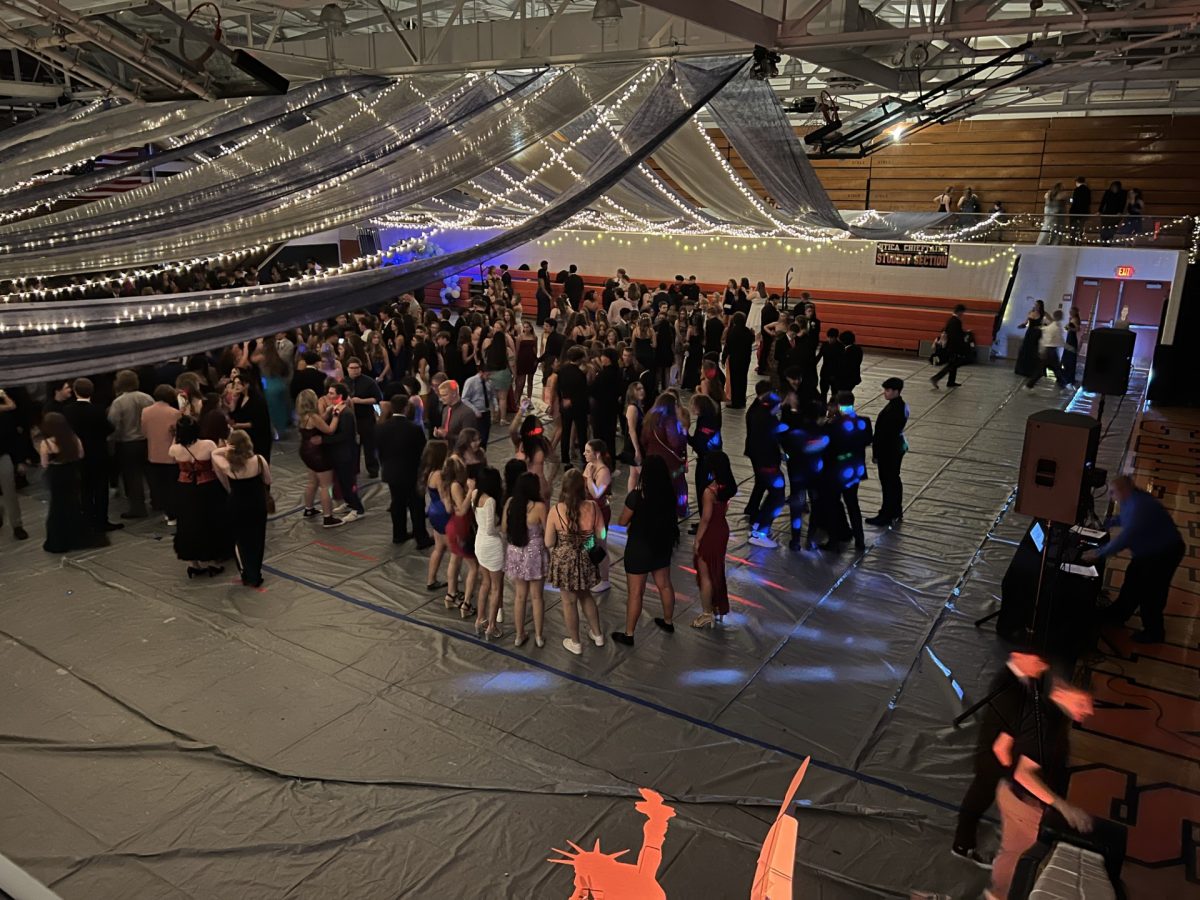


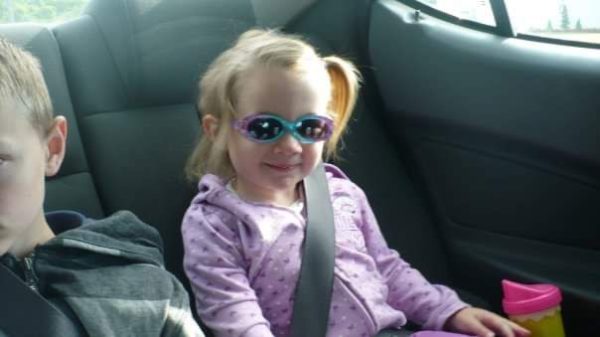
Anya • Dec 12, 2023 at 12:43 pm
I’m happy to see that the Chieftain is here to stay and we are embracing its history. 🙂